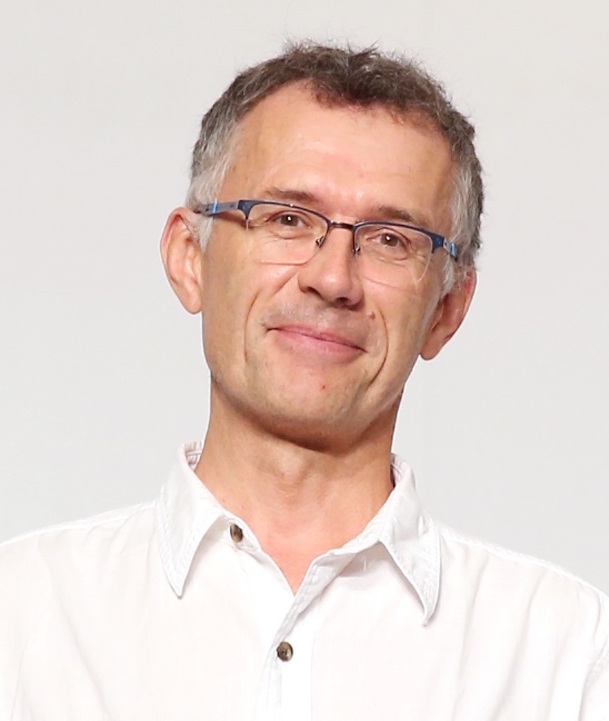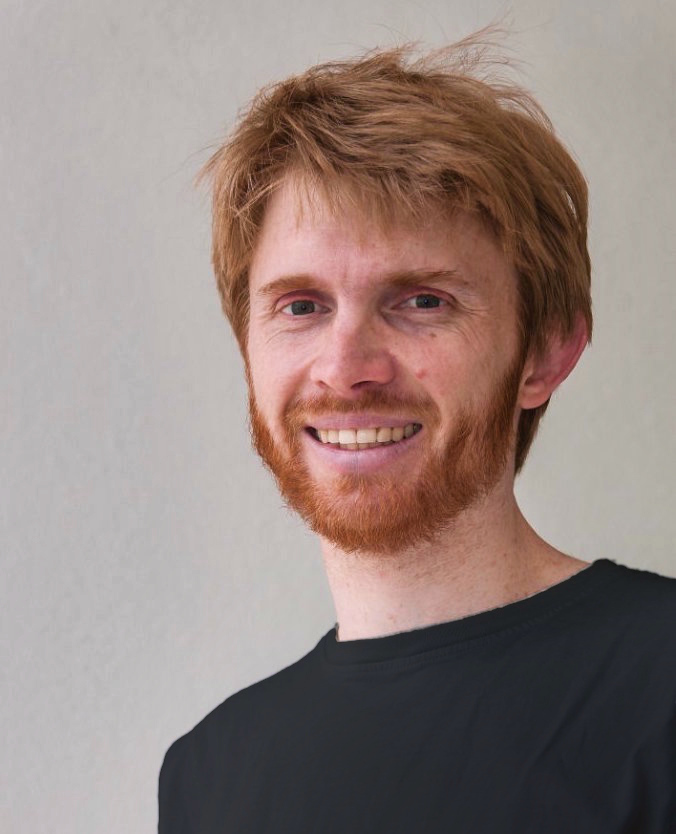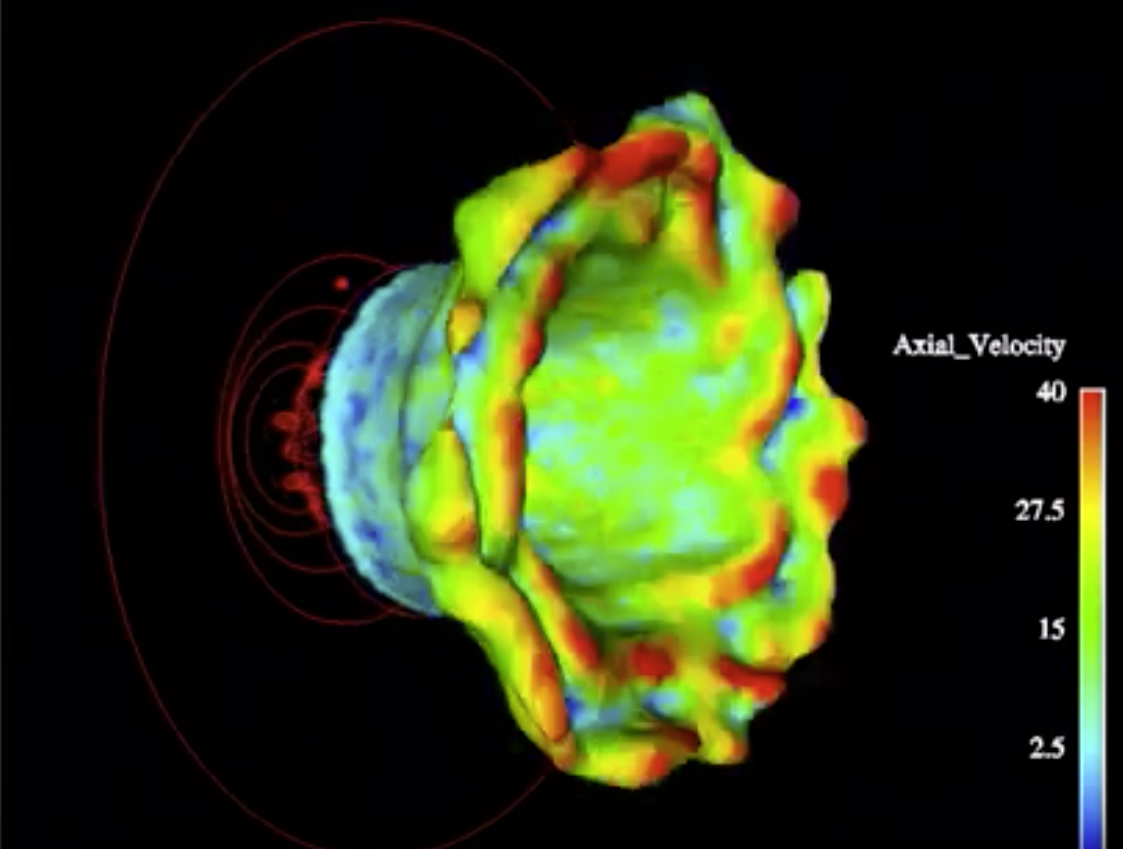About This Course
Context
Coupling between acoustic waves and flames has become a central issue in the development of many modern combustion systems because of both environmental issues (noise) and the destructive interactions which acoustics can generate in combustors. Numerical tools are essential in many flames/acoustics studies but a theoretical background in acoustics and especially in acoustics for reacting flows is mandatory to tackle such problems.
Scientific content
This online training course presents the fundamental concepts of thermo-acoustic instabilities. It is divided in 3 consecutive weeks:
- week 1: introduction of the phenomena
- week 2: laws of 1D acoustic in tubes
- week 3: interaction between a flame and acoustic
An interactive live conference will close the 3-week session and deals with an application case where you will try to predict the stability of a system. The time slot for this conference will be decided regarding the attendees' availability in June.
Learning outcomes
At the end of this training, you will be able to:
- explain the origin of thermo-acoustic instabilities in a combustor,
- evaluate the natural frequency of a combustor,
- make recommendations to make an unstable system become stable.
Our pedagogical principles
All our learning sessions are built upon evidence-based principles from cognitive psychology and learning research:
- concepts first: the course is focused on conceptual understanding of the meaning of equations and how they apply in practical cases (Van Heuvelen, 1991).
- active learning: the course is organized around activities especially designed to make participants interact between each other, involving a deep processing of the scientific content previously shown in short videos (Salmon, 2013).
- long-term retention and transfer: because you need to apply what you will learn during this session in the future and in various contexts, our courses are designed using the 10 laboratory-tested principles drawn from cognitive psychology (Halpern and Hakel, 2003).
Be prepared to be engaged and to interact with a community sharing a common goal: learning the scientific content of this course.
Prices
It costs 300 € for students, 350 € for CERFACS shareholders and 500 € for all others, including taxes. Once you have enrolled in the course, you will receive a link with information on how to pay. Credit cards are accepted via a Paypal transaction.
Course Staff
This course is designed by a group composed of expert researchers from the field supervised by an expert researcher in active online learning.
Dr. Thierry Poinsot
Thierry is director of research at the CNRS (France), working at the Institute of Fluid Mechanics of Toulouse and scientific advisor at CERFACS Toulouse. His topics of research cover both theoretical and numerical aspect of combustion. He is one of the two authors of the famous book Theoretical and Numerical Combustion.
Dr. Corentin Lapeyre
Corentin Lapeyre is postdoctoral fellow at CERFACS. His phD was on numerical study of flame stability, stabilization and noise in a swirl-stabilized combustor under choked conditions.
Dr. J-F. Parmentier
After getting his PhD in Fluid Mechanics working on modeling of two-phase gas-particle flows, he worked for a few years on thermo-acoustic instabilities in annular combustion chambers. Since three years he has oriented his research specifically on learning and teaching science using active learning methods.




